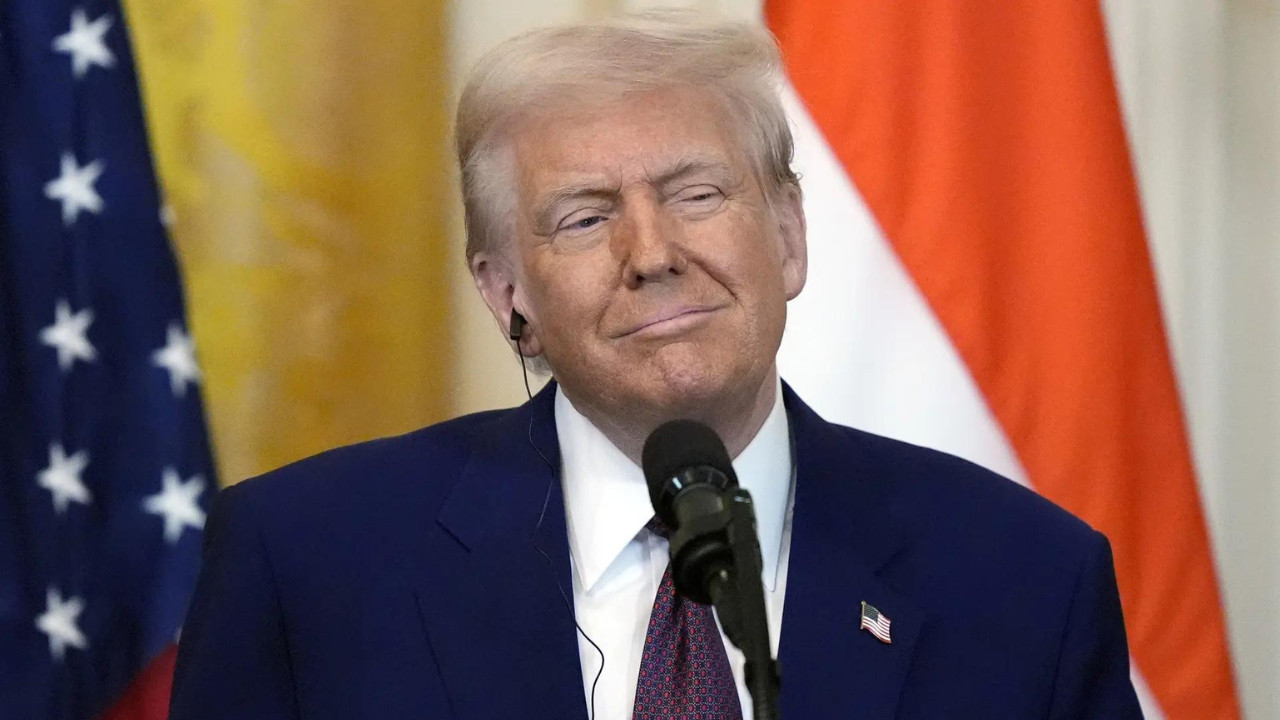US President Trump has announced a 25% tariff on all Indian imports starting August 1, citing trade barriers and defense purchases from Russia. This move, viewed as a pressure tactic before trade talks, has prompted India to assess implications and protect its interests.
India’s Exports Face a Stiff Headwind: The US Tariff Hike
The economic winds have shifted, and India’s exporters are feeling the chill. News recently broke that the United States is imposing a 25% tariff on a range of Indian goods. This isn’t just a minor adjustment; it’s a significant blow that could reshape trade dynamics between the two nations. What prompted this move, and what are the potential ramifications? Let’s delve in.
The decision, enacted by the US administration, stems from concerns about what they deem to be unfair trade practices. These concerns, simmering for some time, have finally boiled over into concrete action. The stated aim is to level the playing field, compelling India to reassess its own trade policies and practices.
But what exactly does this mean for Indian businesses?
Navigating the Impact of the US Tariff Hike
The immediate impact is clear: Indian exports to the US will become more expensive. A 25% tariff adds a significant cost burden, potentially making Indian goods less competitive in the American market. This affects not only the bottom line of exporting companies but could also ripple through the Indian economy, impacting jobs and investments.
Which sectors are most vulnerable? While the specific list of affected goods hasn’t been exhaustively detailed, it’s likely to encompass a variety of products, from certain manufactured goods to agricultural commodities. Companies exporting these goods will need to adapt quickly, exploring strategies to mitigate the impact. This could involve finding new markets, streamlining production to reduce costs, or even absorbing some of the tariff cost to maintain competitiveness.
The implications extend beyond individual businesses. The tariff could strain the overall trade relationship between India and the US, potentially leading to retaliatory measures from India. In an interconnected global economy, such trade disputes can have far-reaching consequences.

Beyond the Immediate Shock: Long-Term Strategies for India
The situation calls for a proactive and strategic response. While the immediate focus will be on managing the fallout, India also needs to consider its long-term trade strategy.
Firstly, diversification is key. Over-reliance on a single market, however large, makes a nation vulnerable to policy changes in that market. Exploring and nurturing relationships with other trading partners is crucial. This could involve strengthening ties with countries in Asia, Europe, and Africa.
Secondly, enhancing competitiveness is paramount. This means investing in infrastructure, streamlining regulations, and promoting innovation. By improving the overall business environment, India can make its exports more attractive, regardless of tariffs.
Thirdly, diplomatic efforts are essential. Open communication and negotiation can help resolve trade disputes and pave the way for mutually beneficial agreements. A collaborative approach, rather than a confrontational one, is more likely to yield positive results in the long run. You might find our article discussing [India’s economic growth strategies](internal-link-to-related-article) helpful in understanding the broader context.
The Future of India-US Trade
The future of India-US trade hinges on how both nations respond to this challenge. While the immediate impact of the US tariff hike is undoubtedly negative, it also presents an opportunity for India to reassess its trade policies, diversify its markets, and enhance its competitiveness. The path ahead will require resilience, innovation, and strategic thinking. How India navigates these challenges will determine its position in the global trade landscape for years to come.
Ultimately, a strong and balanced trading relationship between India and the US is in the best interests of both countries. Finding a way to address the concerns that led to these tariffs, while minimizing the disruption to trade, will be crucial for fostering a healthy economic partnership.







